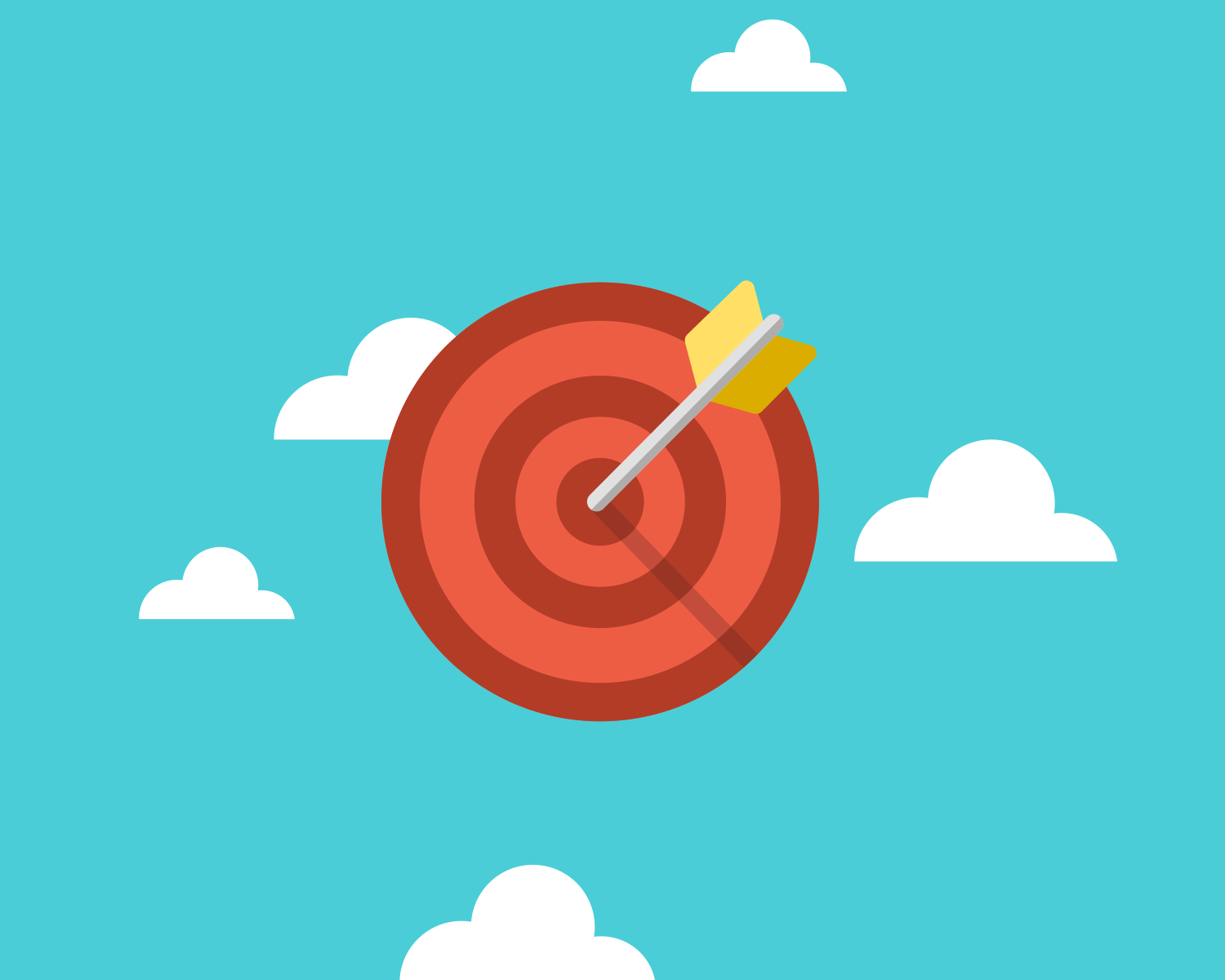
Sell Your Challenger Brands
There have been a few good articles recently about selling CPG brands to private-equity firms so they can make the necessary changes to get back on a growth path outside the view of Wall Street. Being a public company causes scrutiny that makes already hard choices even more difficult. Having worked with both publicly owned and private-equity-owned brands in similar positions, once dominant, now challenger brands, I learned that effective marketing is the same under both ownership types.
I am focusing on the marketing of these brands instead of their less healthy formulations. There are mixed results from reformulations. By contrast, shifting the marketing approach is consistently successful and makes sense. Look at the new brands that are growing.
Whether healthy or not, their marketing approach is the same. They are not using the old mass approach. They start with a niche and scale it. Just because your brand began life as a mass brand doesn’t mean this approach won’t work. This approach is scalable.One non-marketing move that is a must-do is organizationally separated challenger brands from non-challenger brands. Success requires a different mind-set. Less MBA, more entrepreneur. Unlike the other brands in the portfolio, challenger brands don’t start with a perspective of scale. They start with a perspective of sacrifice.
Who is the niche audience that is most critical to the brand?
Look for one that doesn’t need a deal to incent purchase. Where is the healthy base volume? Not just heavy users, but light users as well. You need to find the growth, which means poring over all the household panel data, category and brand development data to find your starting point.How can I best leverage what the consumer is already interested in to gain attention for the brand? Search, whether is it organic, paid or social, will be important. Notice, I said social. Pinterest and Instagram are huge search channels that can offer a high ROI.
What are the latest digital technologies and targeting techniques to reach my audience?
Don’t just pick one programmatic partner. There are so many different options out there. Pick a couple with differentiated approaches and see what works best.
Do I need to prop up certain retailers or geographies? Conversely, where is the brand doing really well? You will have to make some hard choices. That is the definition of strategy! Don’t throw good money at no-win situations. Build on strength.
How will I know if consumers are moving along the path to purchase, whether that is digital or retail?
You can’t spend all your time poring over data, you need to get other things done. Set clear KPIs and structure buys, so that you separate your upper funnel work from your lower funnel work. Break the buy into KPI-specific pools. It will make it easier to keep track and swap vendors in and out.
How can I cut cost and time on the production side, while delivering a distinctive look and feel carried through all elements?
Low cost doesn’t have to mean low quality. Getting noticed will be the biggest challenge. Since spending will be bare bones, invest in quality.
The bigger risk is debating and reanalyzing the same hard choice over and over. Sometimes there are just no good choices. You need to make a decision and move on. Strategy setting is intended to be a one-time activity; do it right the first time, then kick into a rapid and cost-effective cycle of creating, fielding, measuring, analyzing and repeating.
Time is your biggest enemy, because time is money and challenger brands on the decline don’t have either.

